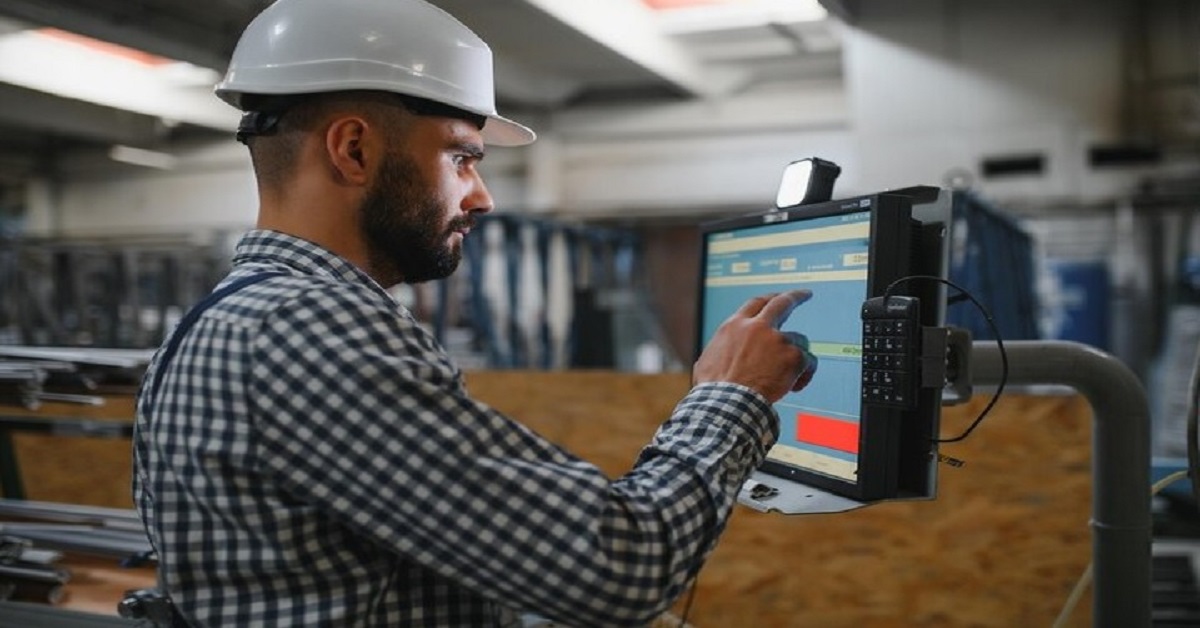Vibration analysis is a crucial method in predictive maintenance that helps monitor machinery health and detect potential issues before they lead to failures. This technique involves measuring vibrations in equipment to identify irregular patterns that signal mechanical faults such as misalignment, wear, or imbalance. By adopting vibration analysis, businesses can enhance efficiency, minimize downtime, and extend the lifespan of their machinery.
What is Vibration Analysis?
Vibration analysis is a diagnostic approach used to assess the condition of rotating equipment, including motors, pumps, compressors, and turbines. It measures vibration levels and frequencies to detect problems like unbalance, loose parts, or bearing failures. Sensors such as accelerometers capture vibration data, which is then analyzed using specialized software to recognize abnormal patterns.
Why is Vibration Analysis Important?
- Early Problem Detection: Vibration analysis helps identify mechanical issues before they cause significant damage, allowing for timely maintenance and repairs.
- Minimized Downtime: Regular monitoring enables businesses to schedule maintenance proactively, reducing unexpected breakdowns and improving operational continuity.
- Cost Efficiency: Preventing failures through vibration analysis lowers repair costs and avoids the expense of replacing major components.
- Extended Equipment Lifespan: Proper monitoring and timely intervention help maintain machinery in good condition, prolonging its service life.
- Enhanced Workplace Safety: Identifying potential failures early reduces the risk of accidents caused by malfunctioning equipment.
How Does Vibration Analysis Work?
The process of vibration analysis includes:
- Data Collection: Sensors such as accelerometers are attached to equipment to record vibration data.
- Processing and Analysis: The captured data is converted into digital signals and analyzed using software.
- Frequency Examination: The frequency spectrum is assessed to pinpoint the source of vibrations, such as misalignment or bearing wear.
- Condition-Based Maintenance: Maintenance teams use the insights from analysis to perform necessary interventions like lubrication, realignment, or part replacement.
Industries That Benefit from Vibration Analysis
Many industries leverage vibration analysis to maintain their equipment and enhance efficiency, including:
- Manufacturing: Ensures smooth operation of production machinery.
- Oil & Gas: Detects faults in rotating equipment like pumps and compressors.
- Power Generation: Monitors turbines and generators for performance issues.
- Automotive: Evaluates engine and mechanical component conditions.
- Aerospace: Identifies mechanical faults in aircraft engines and systems.
Conclusion
Vibration analysis is a valuable tool in predictive maintenance, offering early fault detection, reduced downtime, and extended equipment lifespan. By integrating a structured vibration analysis strategy, businesses can improve operational efficiency, reduce maintenance costs, and ensure the reliability of their machinery. Investing in this approach leads to long-term savings and a safer working environment.




